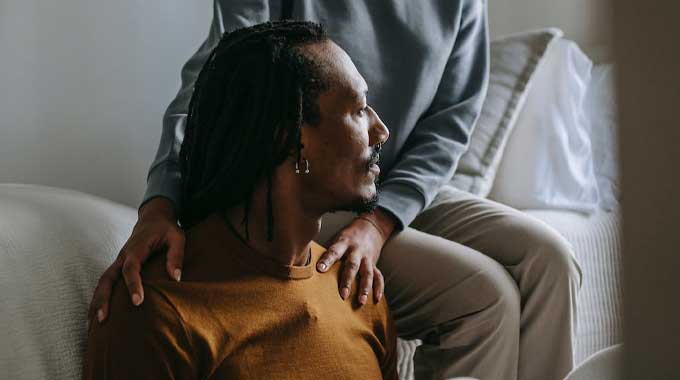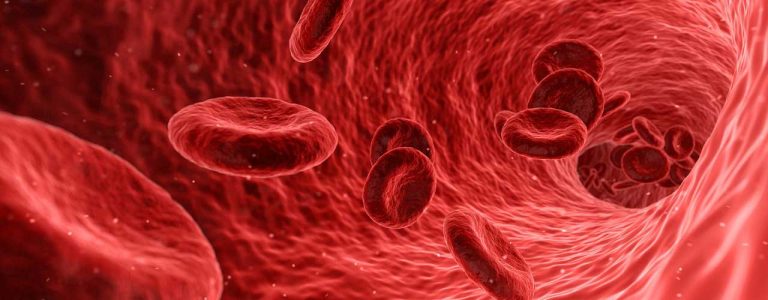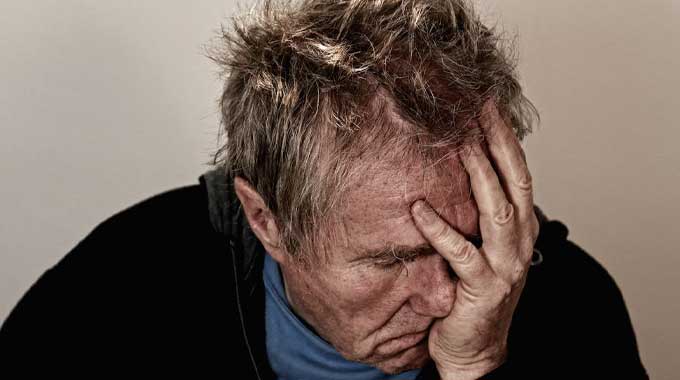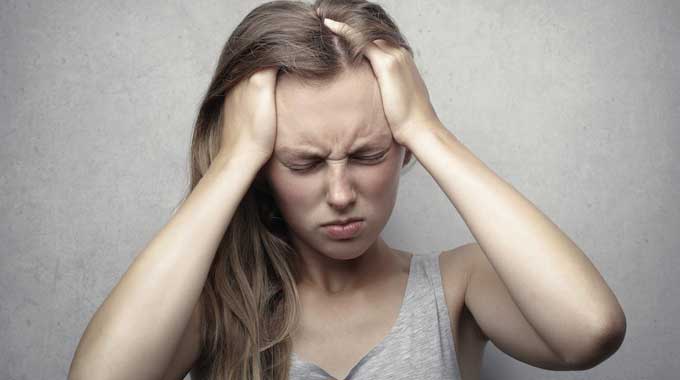The Difference Between Depression and Sadness
Sadness is part of the human experience. After all, we wouldn’t understand the good times without the bad. But how do you know when feeling sad is just the blues or something more serious?
What is Sadness?
Feeling sad and having a low mood is a normal human emotion. People feel sadness in response to situations that cause emotional upset or pain. It is often linked to a specific trigger or life event, such as:
- A stressful day
- Failure
- Money or job worries
- Relationship breakdown
- Death of a family member
When people feel sad, things like crying, talking about their problems or carrying out self-care allow some relief from their pain. Sadness is temporary and will fade with time, just like other emotions. However, when this low mood does not pass and starts to significantly interfere with daily life, it could be a sign of clinical depression.
What is Depression?
Depression – or major depressive disorder – is a mental health condition that is defined by persistent feelings of extreme sadness. The disorder changes the way people think, feel, and behave, leading to a number of problems in day-to-day functioning. Major depressive disorder is a serious medical condition that should be treated as soon as possible. If not, mental illness can lead to a number of physical, emotional, monetary, and interpersonal issues.
Signs of Depression
There are a number of severe symptoms associated with depression. The mood disorder can interfere with daily life and ultimately lead to illnesses or worse. The following symptoms may indicate that someone is depressed:
- Feelings of extreme sadness, tearfulness, emptiness, and hopelessness
- Anxiety and agitation
- Feelings of excessive guilt and worthlessness
- Negative thoughts and self-talk leading to low self-esteem
- Loss of interest and pleasure in activities that used to be enjoyable
- Concentration issues
- Changes in appetite, leading to weight gain or weight loss
- Bowel changes
- Feeling tired and having low energy
- Moving and speaking slowly to the point that other family members or friends have noticed
- Sleep disturbances, including insomnia or getting too much sleep
- Sexual dysfunction
- Feeling as though life isn’t worth living
- Self-harm
- Suicidal thoughts
- Suicide attempts
- Mood swings
If you or your loved one is experiencing suicidal thoughts, call or text the National Suicide Prevention Lifeline at 988. This service provides confidential 24-hour support for those in severe emotional distress or in need of immediate support.
So, What Is the Difference Between Sadness and Depression?
It can be difficult to distinguish between depression and sadness, though there are a number of things you can look out for to help you differentiate between the two.
Sadness can be all-encompassing, though it is generally felt over the short term with moments of relief and the ability to create happiness in other aspects of life. Depression symptoms happen over a long period, with intense sadness being experienced almost every day for weeks or months at a time. People with depression find it difficult to find enjoyment in anything. This is due to depression being a mental health condition and sadness being an emotion.
Depression disrupts a person’s relationships, health, career, and other areas of functioning more intensely than sadness. Plus, the condition creates permanent feelings of worthlessness, guilt, and emptiness. Other symptoms that can indicate you are experiencing depression rather than sadness are physical symptoms such as bowel changes, tiredness, weight gain or loss, and repeated thoughts of suicide.
If you have been asking yourself, “Am I depressed or just sad?” it is always best to contact a medical professional. Clinical depression can have serious consequences if ignored, and successful treatment options are available to help manage the condition.
Most people with depression suffer in silence. According to Mental Health America (MHA), over half of adults with a mental illness do not receive treatment – equating to over twenty-eight million individuals. This percentage is higher for certain groups, especially men and people with low income. This is due to the stigma surrounding mental health and the lack of access to affordable treatments respectively.
Coping with Sadness
Sadness can be an extremely intense emotion and pose many challenges to overcome it. Working through sadness is vital to prevent the emotions from negatively impacting other parts of your life and possibly leading to depression. Professional medical support may also be required to overcome the emotion in a healthy way.
There are also a number of things people can personally do to help them through these struggles, including:
- Allowing yourself to feel sad
- Planning a day to feel sad and reflect on your emotions
- Talking to a loved one
- Being kind to yourself
- Writing down your thoughts
- Documenting your emotions
- Taking a thoughtful walk
- Exercising and Eating well
Diagnosis of Clinical Depression
Clinical depression is diagnosed using the Diagnostic and Statistical Manual of Mental Disorders (DSM-5). Here, a list of symptoms is presented to the patient, and if they have experienced five or more during a two-week period, a diagnosis can be made.
The symptoms must also be causing the person significant distress, impairing important areas of their daily functioning. Other medical and mental health conditions, such as substance abuse, are also considered before giving a diagnosis.
Treatment for Depression
The severity of a person’s depression will, in part, dictate their recovery plan. Those with mild depression may be given psychotherapy to successfully manage their symptoms. People experiencing severe depression who may be in immediate danger from self-harm or suicide are likely to need a residential program to ensure a safe and successful recovery.
Lifestyle
The first way that a depressed mood can be managed is through lifestyle changes. It is perhaps no surprise that exercise is vital to maintain good mental health, so finding a physical activity you enjoy is key to recovery from depression. Other relaxing exercises such as yoga, meditation, knitting, or puzzling can also be beneficial for coping with depression. In addition, a well-balanced and healthy diet is important.
Medications
There are numerous medications available to treat depression. Major depressive disorder is caused by an imbalance of vital neurotransmitters in the brain, including serotonin, dopamine, and norepinephrine. Depression medications aim to readjust these chemical messengers via various channels.
Some kinds of depression medications include:
- Selective serotonin reuptake inhibitors (SSRIs) – these block the reabsorption of serotonin after it has been released to increase overall concentrations of the molecule in the brain.
- Serotonin-norepinephrine reuptake inhibitors (SNRIs)- these block the uptake of both serotonin and norepinephrine via a similar mechanism to SSRIs.
- Monoamine oxidase inhibitors (MAOIs) – these are an older type of drug which blocks the breakdown of serotonin, dopamine, and norepinephrine, increasing their overall levels throughout the brain.
Each medication has its own range of side effects that impact each person differently. Finding the right depression medication that improves quality of life the most can be a challenge -though the payoff is more than worth it.
Cognitive Behavioral Therapy (CBT)
Cognitive behavioral therapy (CBT) is a kind of talking therapy that is extremely popular in treating a variety of mental conditions. CBT is popular for depression as it helps deal with the root cause of the disorder and treat the symptoms.
A CBT therapist can help an individual identify negative automatic thoughts, behavior, and beliefs they may have that are attached to their depression. From this, more helpful and realistic ways of thinking can be built to replace the unhelpful ones.
Brain Stimulation Therapies
In cases where other therapies have not been successful, a person can be diagnosed with treatment-resistant depression. Here, brain stimulation techniques such as transcranial magnetic stimulation (TMS) or electroconvulsive therapy (ECT) are sometimes used to manage depression symptoms.
These have been shown to successfully provide relief for those suffering from long-term depression. However, there can be side effects associated with these methods.
Residential Facilities
Overcoming mental illness takes a large amount of strength and support. Residential facilities can offer this to inpatients, providing around-the-clock care and services to make overcoming depression as swift and successful as possible. Many people go on suffering for years before reaching out for help, though it doesn’t have to be this way.
Cornerstone is a mental health facility that provides services and solutions with patient care at the core. They offer a number of treatments for depression alongside various medical conditions. Many people self-medicate with illicit substances to cope with their condition, so expert staff is trained to tackle a wide range of disorders.
As depression is a complex disease, a holistic approach is taken to healing it. Staff can help work through the root cause of depression, increasing the chance of long-term recovery from the disorder. The programs can also be personalized to best-fit inpatient needs on a person-to-person basis.
If you or your loved one is suffering from depression, please contact Cornerstone today to start on the journey to recovery.









